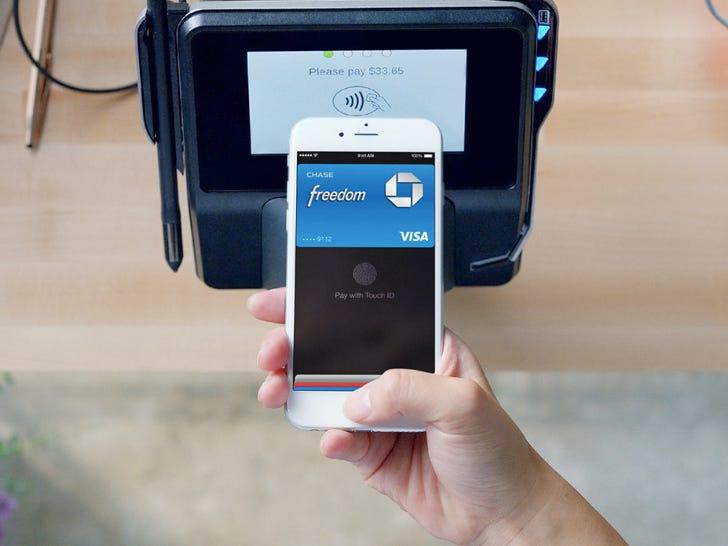The Future of Contactless Technology
February 15, 2022
The COVID-19 pandemic changed not only the way we work, travel, and connect with family and friends, it simultaneously revolutionized the way we pay for things. Though contactless payments are not an invention of the past two years — the technology’s journey spans the past decade — the coronavirus guidelines of social distancing and limiting human interaction brought it front and center in our everyday lives.
Several companies aren now throwing their hat in the ring and looking to develop contactless solutions for their users. The worldwide contactless payments market size is anticipated to grow from $10.3 billion in 2020 to
$18 billion in the next five years, corresponding to an 11.7% compound annual growth rate (CAGR).
How will contactless technology continue to grow in the near future? We have insight to share.

Image: BusinessInsider
Contactless Payments Will Overtake Cash and Cards
Many of our daily purchases, like groceries, fuel, dining out, and entertainment, are taken care of with our debit and credit cards. Cards have already replaced cash as the most common mode of payment. Most retailers during the pandemic made it even easier for people to swipe their cards and prevent touching bills having passed through so many hands.
Around
27% of small businesses have already seen an increase in consumers using their smartphones or contactless cards to pay. Even as the pandemic shifts to endemic, we can safely predict contactless payments will continue to become more popular, gauged by the fact
48 countries have already increased the spending limit on contactless transactions.
Even in countries where cash payments still supersede cards, this form of payment is catching on. Before COVID-19, Germany hit a plateau of
35% of transactions being touchless. Now, more than 50% of overall purchases are contactless.
Point-of-Sale Terminals Will Facilitate Contactless Payments
Today, point-of-sale (POS) systems are found nearly everywhere, allowing you to swipe your card and process the payment in just a few taps. These systems have been around for several decades, but now they are being overhauled to facilitate the growing demand for contactless payment options.
POS system design companies are offering customers the chance to pay through their smartphones or contactless cards, and many small businesses have reported a significant increase in their footfall ever since this implementation. These payment systems are appearing in other public spaces, including train and subway stations in various parts of the U.S. We are close to being able to experience travel from one part of the country to another without having to use cash or a card even once.
Smartphones Are Becoming Payment Terminals
Some of the most exciting news in the sphere of contactless payments comes from
Apple. The company is looking to convert their iPhones into contactless payment terminals. Although this comes as good news for Apple users, it might not be a joyous occasion for third-party contactless payment providers, like Square. The new feature will fundamentally make third-party iPhone contactless terminal accessories redundant.
According to a
report by Bloomberg, contactless payments will be embedded into the iPhone following the iOS 15.4 update, which is due in a few months. This feature will be complemented by the NFC chips built into iPhone architecture since the iPhone 7. This means potentially millions of iPhone users will be able to make payments through their phone without needing a third-party app or accessory.
Since Apple made its statement regarding contactless payments, the future is not looking too bright for Square, a financial services company co-founded by former Twitter CEO Jack Dorsey. The company came up with several solutions to help users make contactless payments, but it seems like those devices will become redundant, especially for iPhone users.
Key Takeaway
Contactless payment methods are widely used to increase throughput for public transportation entrances, road tolls, and parking garage checkout terminals. Even though the actual amount of time saved per transaction may be less than a minute, the minutes saved can add up and considerably decrease the time consumers spend waiting in lines.
Whether COVID-19 restrictions are eased or not in the days to come, emerging contactless technology will continue to boom and pick up speed. Soon you will only have your smartphone in your pocket, with the power to buy anything you like with it.